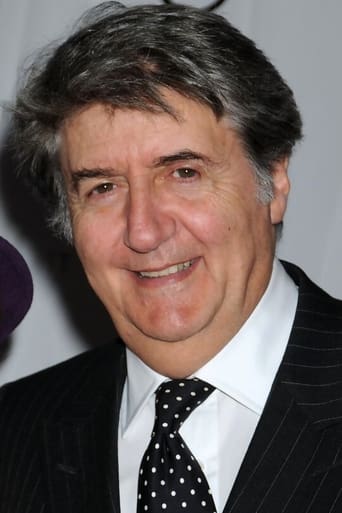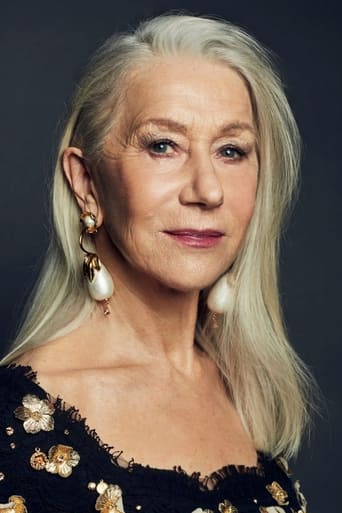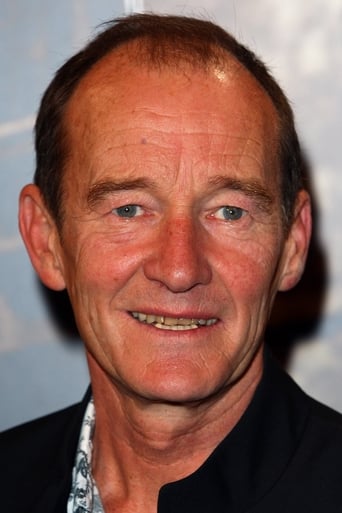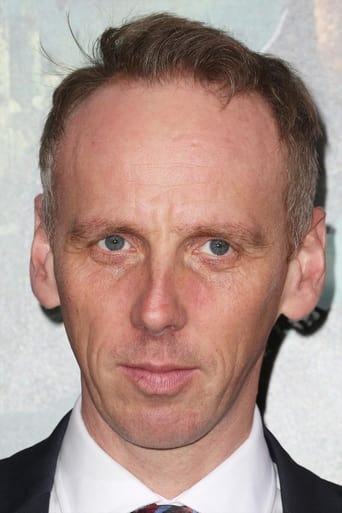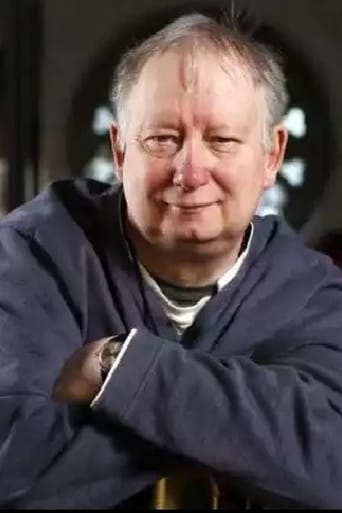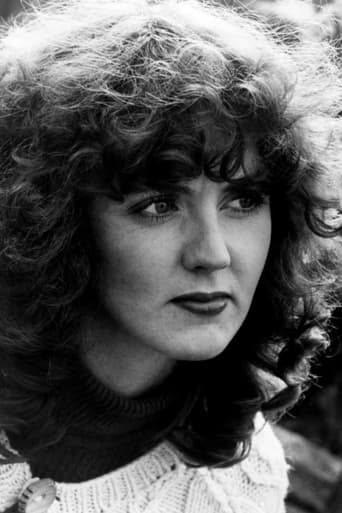Robert Joyner
The plot isn't so bad, but the pace of storytelling is too slow which makes people bored. Certain moments are so obvious and unnecessary for the main plot. I would've fast-forwarded those moments if it was an online streaming. The ending looks like implying a sequel, not sure if this movie will get one
gavin6942
Vic Mathews (Tom Conti) teaches a remedial class at the Blessed Edith Semple School in Scotland. Some at the school are trying to discover the two more miracles that would promote the late Edith Semple to sainthood.This comedy had positive reviews. I suppose I, too, would have to rate it positively. But I was saddened to see it dealt more with this teacher and his students than the idea of faith. The teacher is not a very strong believer, and it would have been good to have more conflict there, and maybe even a little thoughtful debate (without making it heavy and therefore no more a comedy).For what it is worth, the title "Heavenly Pursuits" is the better title. Now it seems to be going by "Gospel According to Vic", but that is not nearly as clever and should be removed.
wes-connors
Cynical schoolteacher Tom Conti (as Vic Mathews) works at the "Blessed Edith Semple" school in hard-headed Glasgow, Scotland. Mr. Conti teaches learning-disabled students, like Ewen Bremner (as Stevie Deans). The boy/girl integrated Catholic school is trying to obtain "Sainthood" from the Vatican for its namesake, who has one documented miracle to her credit; "Edith Semple" cured a girl's blindness. Combed-over Brian Pettifer (as Father Cobb) is trying to find two more miracles in the kind woman's past. Music teacher Helen Mirren (as Ruth Chancellor) shows off her hourglass figure. Although he's not much of a believer, Conti should get ready to reevaluate his belief in miracles - because he's about to unwittingly perform them! ***** Heavenly Pursuits (9/3/87) Charles Gormley ~ Tom Conti, Helen Mirren, Ewen Bremner, David Hayman
Robert J. Maxwell
My TV guide described this as a movie about a man who acquires miraculous powers and losing a brain tumor after a fall from a roof. Well, that's enough to make the heart of any normal human being sink. I could see it now -- the uplifted eyes, the heavenly choirs, the tears of despair and gratitude, the uplifting message -- "For those who believe, no proof is necessary," and so forth.Actually -- almost miraculously -- it wasn't like that at all. It's a mostly light-hearted treatment of some unexplainable stuff that happens in the life of a schlubby, calf-eyed teacher in a school for special children in Glasgow.Richard Conti is the teacher, a nice-enough guy who is modest and goes along with the flow. He's not religious, although the school is run by Catholics. He's attracted to the school's music teacher, Helen Mirren. They're an interestingly mismatched couple. He's of no more than medium height, dark, droopy of features, and appears constantly slouched and moderate in every respect. She's blonde, vivacious, thymotic, moves from place to place quickly, has a long face with a soft nose and keen, perceptive eyes.The TV guide was more or less right. He does fall from a roof, he loses a brain tumor, and strange things happen around him. But the description has the order wrong. First, some minor strange things happen. Instance: a record player that continues to run after she shuts the power off. Next, he's waiting at a bus stop, rolls his eyes without warning, and drops to the pavement. The hospital discovers a lethal brain tumor but tell him nothing since it's too late.Next, he does fall from a roof while trying to rescue a frightened student, and falls more than 40 feet to the ground. A tree breaks his fall and he winds up with no more than a slight tear in his shirt and minor bruises. He's brought to the hospital again and X-rayed. The docs discover that the tumor has disappeared. "Tumors do remit," says the doc. Then Conti discovers that he can race through the city and all the red lights change to green just as he enters the intersections. One of his students, who could not walk, can now walk. The performance of others improve dramatically. Now, here's the kind of thing I appreciate, that prompts me to believe the movie has an adult audience in mind. The kid that finds herself able to walk does it off screen. We are spared the sight of poor little Alice MacKenzie standing up, dropping her crutches, and wobbling a few feet towards some guy who is calling out, "WALK, Alice, you can DO it!" I sobbed with relief. I groveled in gratitude.The second half of the movie drags a bit, I thought, as the newspapers get hold of events and begins giving Conti and the other staff members the tabloid treatment. There were time when I wished the story could have been given the old Ealing Studios treatment, which would have pepped things up with its iconoclasticism. Miracles? Bloody hell.The film was shot in Glasgow, which looks a lot more civilized than when I was there. I noticed a couple of Maxwells in the cast and crew and wonder if any are distant relatives, my Grand Daddy having been a bobby on the police force there. But I haven't been in Scotland in years. I wonder if Edinburgh still has that old stony castle on top of the hill, and if Ullapool has changed its name to something more dignified.Anyway, if your TV guide makes this sound like an Afterschool Special, ignore it and watch the movie anyway. It's pretty good.

